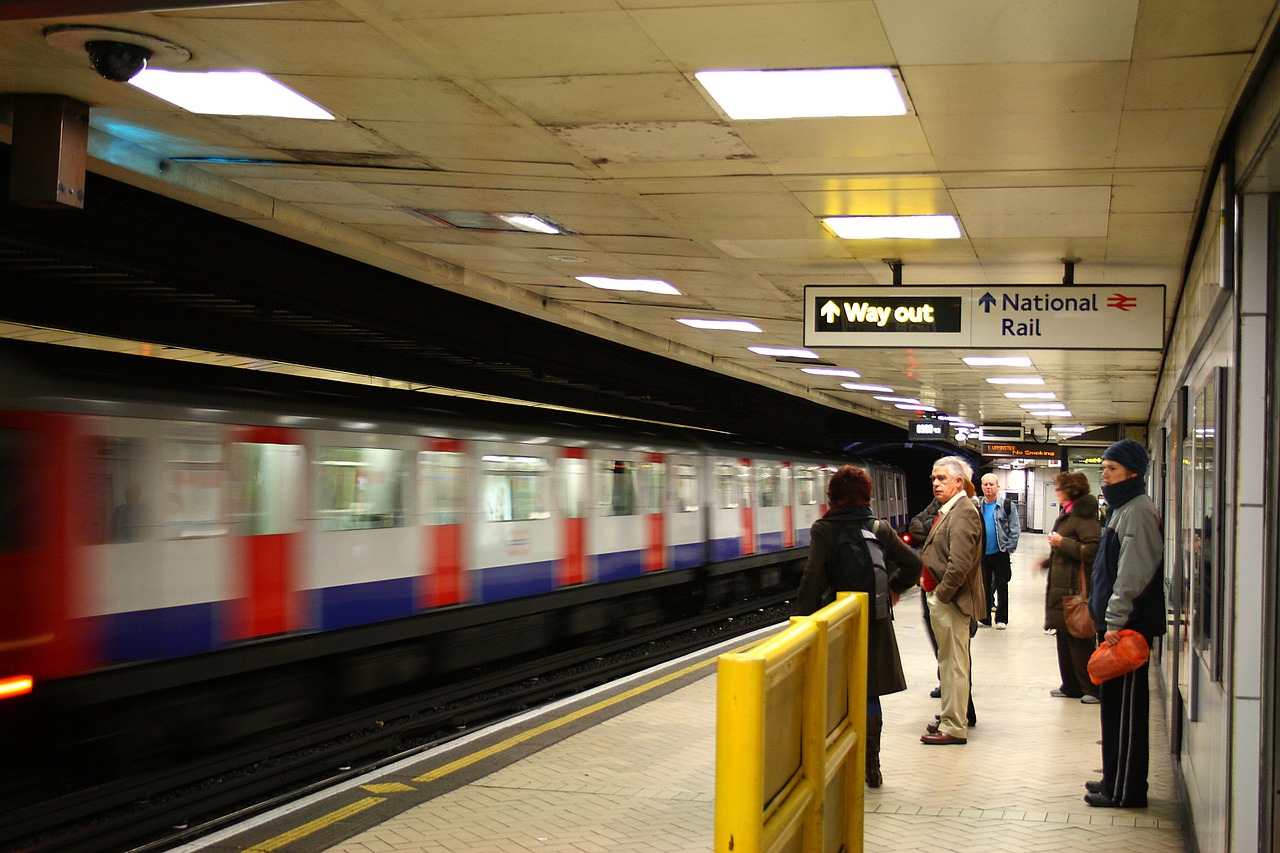
Properties near train links can add a 9% premium to the total value
Nationwide released some not so surprising research today. Properties in London which are closest to a train and tube station can have a premium of up to 9%. This equates to around an extra £27,000 for a typical London home.
12.5% of the population resides in London
As of July 2010, Greater London had a population of 7,825,200, making it home to 12.5% of the UK population. Some of the best job opportunities are in the capital city and with countless attractions; the number of tourists visiting can reach over 14 million per year. With such a heavily populated area, it is no wonder that residents want to be able to reach their destinations in minimum time.
Driving through London is not a first choice transport method as congestion can easily add an extra hour or more to your journey. Public transport, particularly buses and trains, are the preferred mode of transport, serving over 9 million journeys a day.
With so many regular journeys to make most Londoners are willing to pay any price to ensure they live close enough to wake up as late as possible, catch their train on time, and hopefully manage to find a seat.
Nationwide’s Results
Commenting on their findings, Nationwide’s Chief Economist, Robert Gardner said:
“We examined how the proximity to a Tube or railway station impacted property prices in Greater London after taking account of other property characteristics, such as property type, size and local neighbourhood type. Our research illustrates that people are willing to pay a significant premium to be close to a station, and suggests that this premium has increased relative to two years ago when we last explored the issue.”
While conducting their research Nationwide found that the most expensive line to live near was the Circle line. It runs a circular route through the centre of London and its stations are located in some of the most expensive homes in London.
The cheapest line turned out to be the Metropolitan which is not surprising as it has few stops in the centre of London, primarily focused on serving the outer suburbs where properties tend to be cheaper.
For landlords who can afford to pay the premium, it could be a worthwhile investment as you can attract tenants with a professional occupation, who are willing to pay premium priced rent in order to be closer to a station. When making the decision whether to pay a premium price yourself, consider the extra expenses that come along with buying a property like landlord insurance.
Stations and Prices
Obviously the prices of properties are not based solely on proximity to a train station. Other factors including the property type and region of London have an impact. Looking at London’s busiest stations we can get a rough idea of the stark difference between properties near and far from stations.
The following rental prices are taken from one of the UK’s biggest property websites and based on 4 bedroom properties, which is an ideal number for landlords looking to attract professionals and families. The maximum distance specified was 1 mile.
- Waterloo: The closest property was £800 per week while the furthest cost £895 per week.
- Victoria: The closest property was £6000 per week while the furthest cost £1750 per week.
- Liverpool Street: The closest property was £800 per week while the furthest cost £585 per week.


